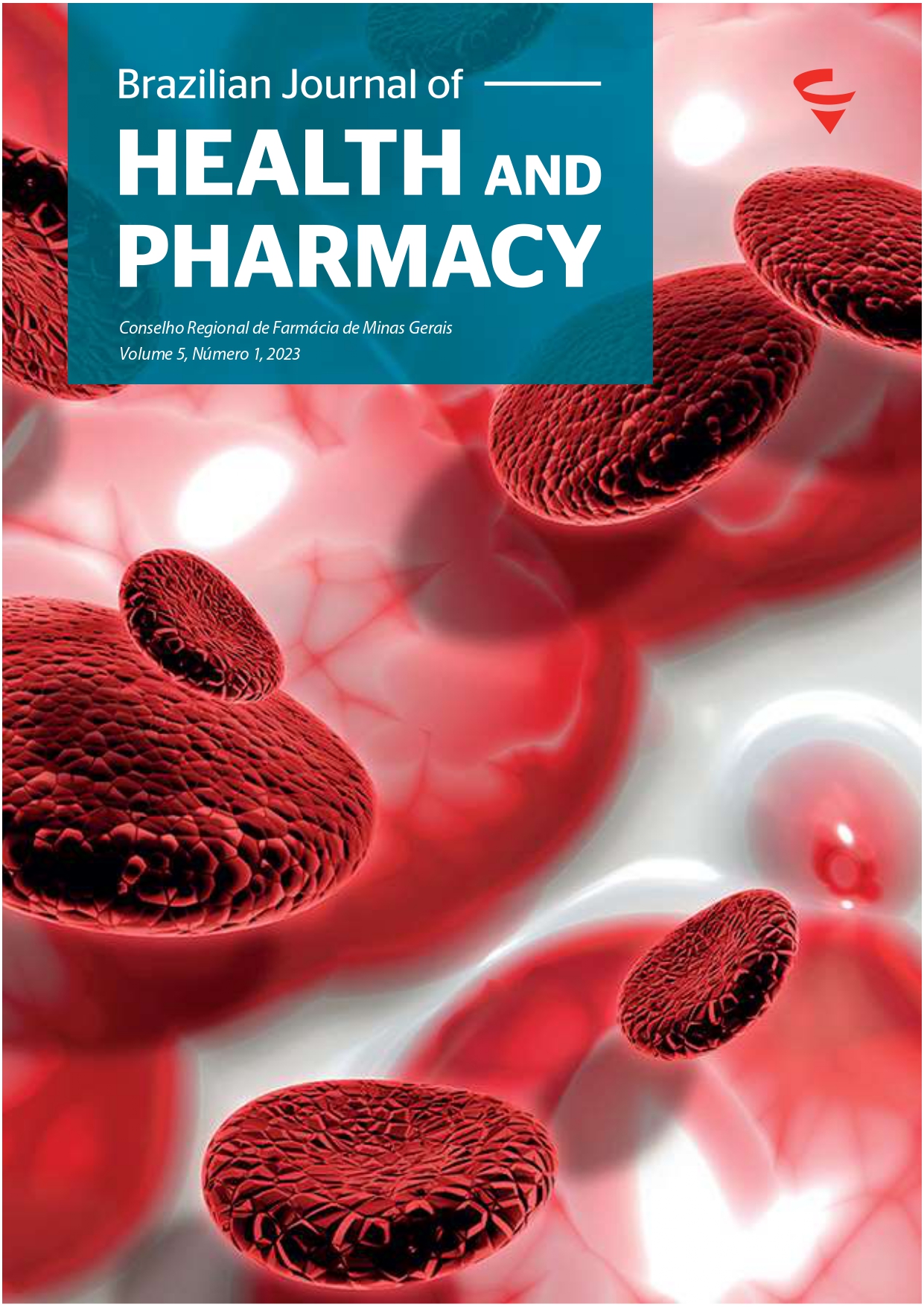Abstract
Warfarin is one of the most used oral anticoagulants in clinical practice for the treatment of venous thromboembolism, atrial fibrillation, metallic prosthetic valves and other embolic risk conditions. It has a narrow therapeutic window, drug and food interactions, and high variability in individual therapeutic response. The study aims to identify reports of warfarin adherence problems in patients from two anticoagulation outpatient clinics. This is a cross-sectional study in which patients treated at two ACs located in two hospitals in the metropolitan region of Belo Horizonte (named Hospital A and Hospital B) were included, between june and december 2018, aged over 18 years, of both sexes, who had chronic use of warfarin for at least 6 months. At Hospital A, patients were evaluated, with a median age of 66 years, 50.4% female and 49.6% male. At the Hospital B, the median age was 65 years, with the majority being female (67.6%). In Hospital A, patients adhered to warfarin were 119 (90.8%), and in Hospital B, there were 86 (71.1%) patients adhering to warfarin. In patients with or without adherence to treatment, TTR (Time in Therapeutic Range) values below 60% were observed. It was possible to identify a low frequency of reports of non-adherence to warfarin treatment in the two outpatient clinics. The measure of adherence to treatment is important, it is one of the indicators of the effectiveness of health services and the study reinforces the importance of applying strategies to improve the quality of therapy with warfarin.

